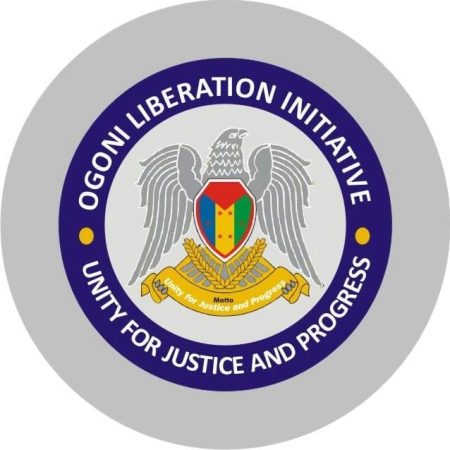
…As global crude spending down by over $1trn
Oscarline Onwuemenyi
16 July 2016, Sweetcrude, Abuja – Deepwater projects in Nigeria’s oil and gas sector are currently under pressure as global upstream and exploration spending has dropped by more than $1 trillion since the start of the oil price slump in mid-2014, a recent report by Wood Mackenzie has noted.
The report equally said that most major conventional oil projects are at risk of cancellation or deferral if global prices remain at $50 a barrel.
The report specifically remarked on developments in the Nigerian oil and gas industry, which is feeling the heat as majority of the oil service firms have downsized in huge numbers while many indigenous operators are finding it difficult to meet their financial obligations to their banks as a result of frequent cancellation of contracts by International Oil Corporations (IOCs).
Wood Mackenzie, which publishes regular assessments of the economics of the world’s oil and gas fields, said especially deepwater projects offshore west Africa and in non-OPEC nations won’t make any money at the current market price of $50 a barrel.
“In conventional oil projects, deepwater West Africa is a tough place to be. A number of projects in Angola and in Nigeria have been pushed out of our analysis,” Simon Flowers, Wood Mackenzie’s chief analyst, told a news agency.
Meanwhile, Angola’s state oil company, Sonangol has suspended all talks relating to assets sales and in Nigeria, the government has warned about using funds set aside for oil projects to fill budget shortfalls.
Nevertheless, Wood Mackenzie’s analysis showed that aggressive cost cutting had increased the percentage of projects viable below $60 a barrel to 70 percent, up from 50 percent a year ago.
Reductions of around 15 percent in global oil service costs, including payments for drilling rigs or personnel, have helped boost some project economics, especially in the U.S. tight oil market, the report said.
As much as 9 million barrels per day (b/d) of potential fresh oil supply is currently commercially viable at an oil price of $60 a barrel, compared with 7 million b/d in the previous study.
“You will begin to see more FIDs (final investment decisions) come through by the end of this year and early 2017,” said Flowers, adding that U.S. tight oil and near field projects will be targeted as they are cheaper to bring on stream.



